That Rawleigh's looks great. I'd use it, because when I shave, I like to keep the "smarting" and the "puckering" to a minimum.


Ive got that Colgate one too, but im saving it!
Oh yeah, I'm going to break that big ol' fat puck in real soonThat Rawleigh's looks great. I'd use it, because when I shave, I like to keep the "smarting" and the "puckering" to a minimum.
 Any tips?
Any tips?In the end, the answer is the usual one. Be sure you wet the top of the soap and let it sit to soften the surface up a bit and then load a lot more product than you have been.
Keep a few things in mind.
First off vintage soaps are decently high in stearic acid, but nowhere near what you'll find in soaps like MdC. Our modern performance soap recipes look a LOT more like turn of the century shaving CREAMS (minus the whipping/mixing stage of production) than vintage soaps. Vintage soaps have a few properties:
1. Moderate to high stearic acid levels.
2. VERY VERY low Lauric/myristic acid levels. Well below what you'll find in almost ANY products these days. These soaps were typically 50-70% tallow, with a small amount of coconut and stearic. A "Standard" shaving soap recipe from a 1922 soapmakers text is 15% coconut oil. There's another recipe that has ZERO coconut and gets its only myristic from the tallow.
3. Additives. Naaaaaaaaaaaaa.... There are a few additives in the recipes, but they are universally in very small quantities and are almost exclusively waxes that were intended to stabilize the lather. Bayberry Wax, Gum tragacanth, stuff that soap-makers these days probably didn't know existed. Water softeners? In your dreams.
4. VEEEEERY high levels of NaOH relative to KOH when compared to most of todays soaps.
What does this translate to? An extremely hard but concentrated soap that requires more time loading than the comparatively soft soaps of today. It doesn't "Explode in lather", because the "bubbly" salts just aren't there in the quantities that many modern soaps have them. But the flipside of that is that if you spend your time loading and work the lather sufficiently you will get a very dense lather.
In the end, the answer is the usual one. Be sure you wet the top of the soap and let it sit to soften the surface up a bit and then load a lot more product than you have been.
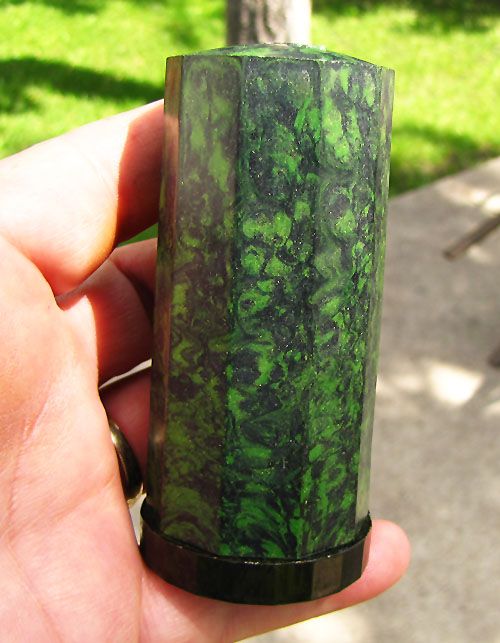
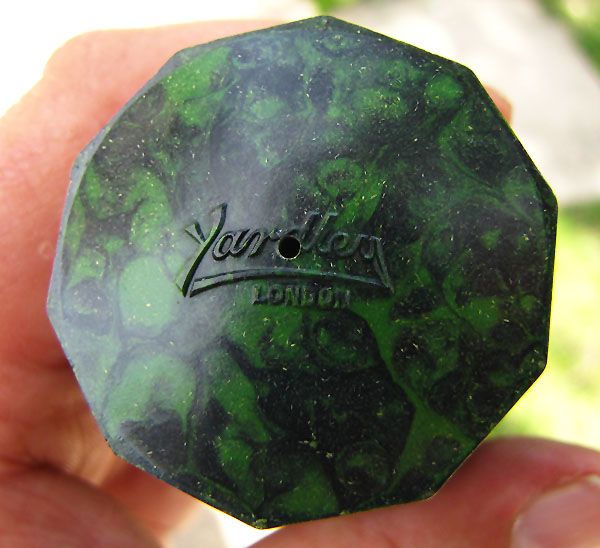
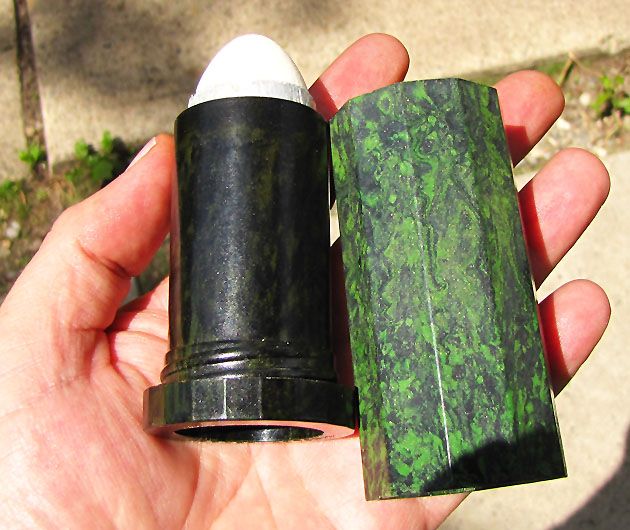
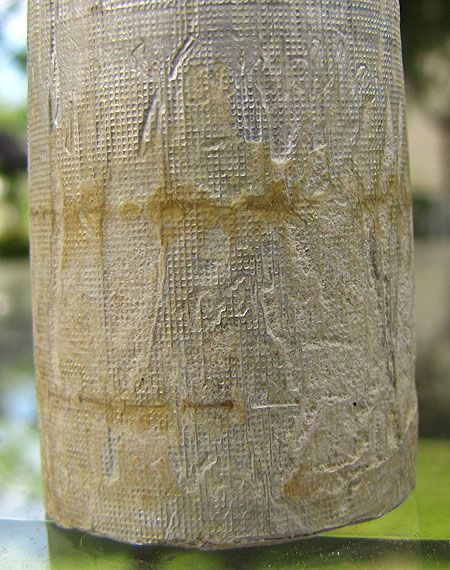
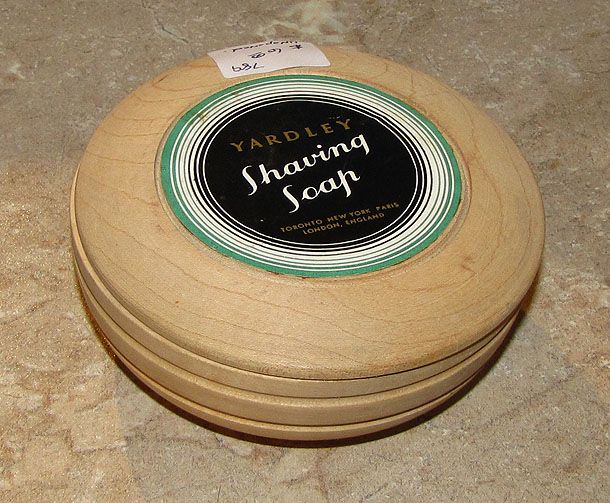
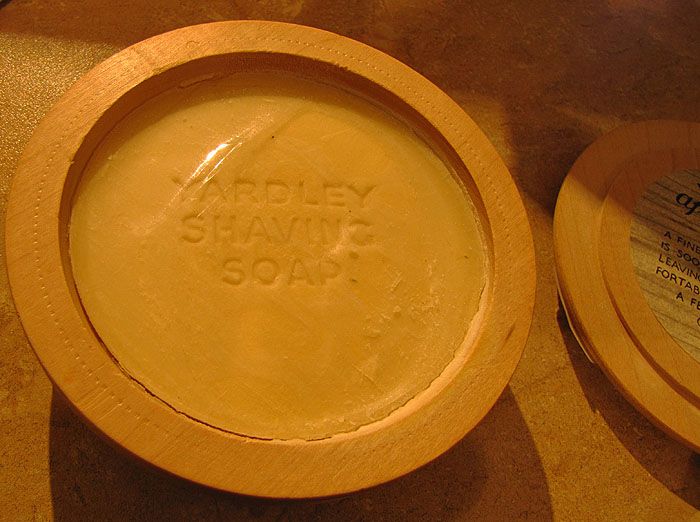
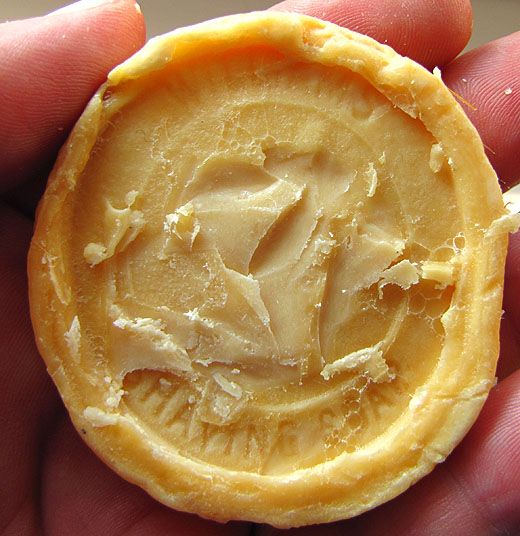
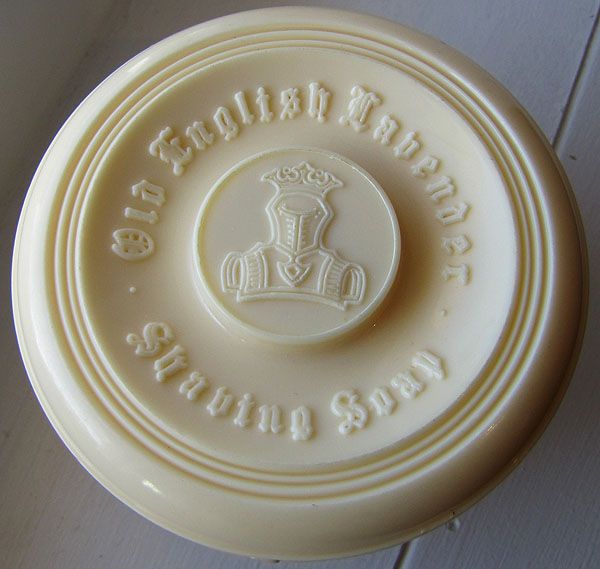
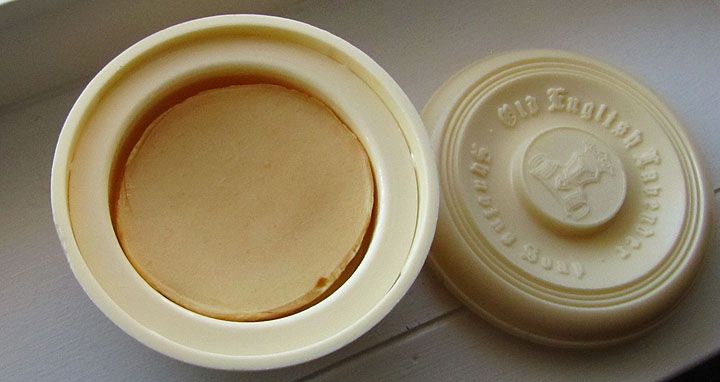
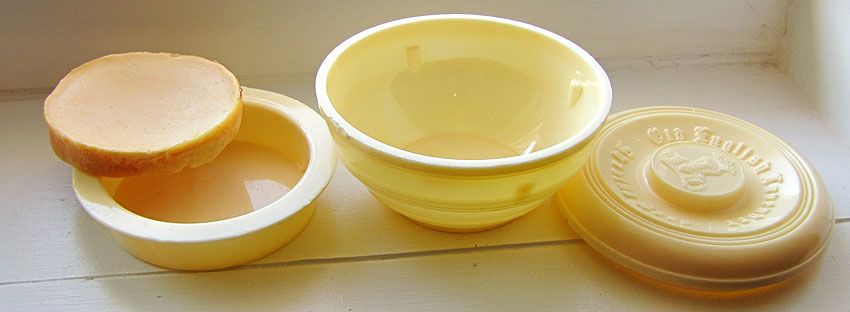
Would Shulton Old Spice be a decent first vintage soap? I really want to try one. Have been scouring the bay, but really don't know what I am looking at for vingtage stuff. Figured it would be a good start and I need to have an Old Spice mug in my den anyway.
Can I highjack this thread since the vintage soap guys are here? I can get my Old Spice to give up some good lather. I've worn through the ship logo on my puck, and still get disappearing lather. And it smells so goodAny tips?

Question to all the vintage soap lovers. Do you all define vintage as no longer in production ala GFT tallow, Pens tallow? or do you define vintage by approximate age, e.g. pre 1990's?